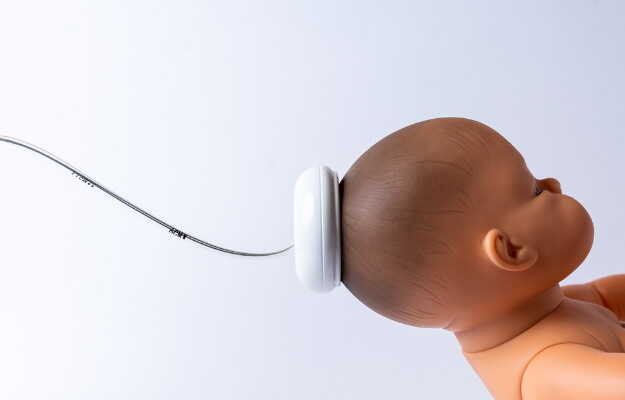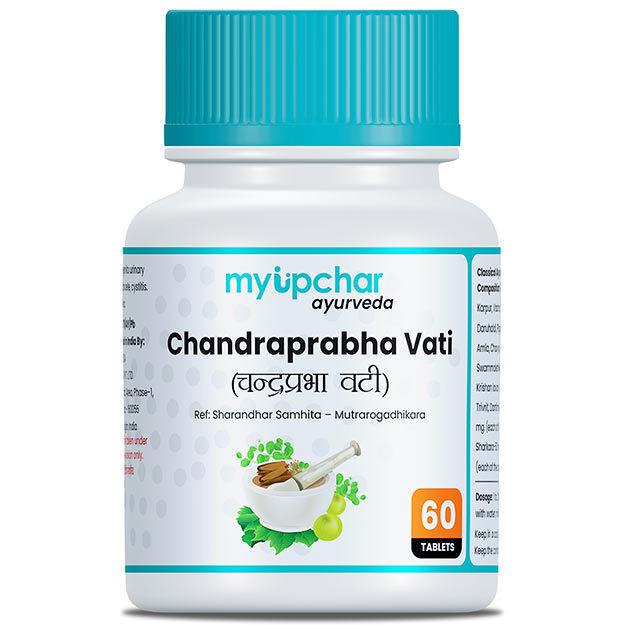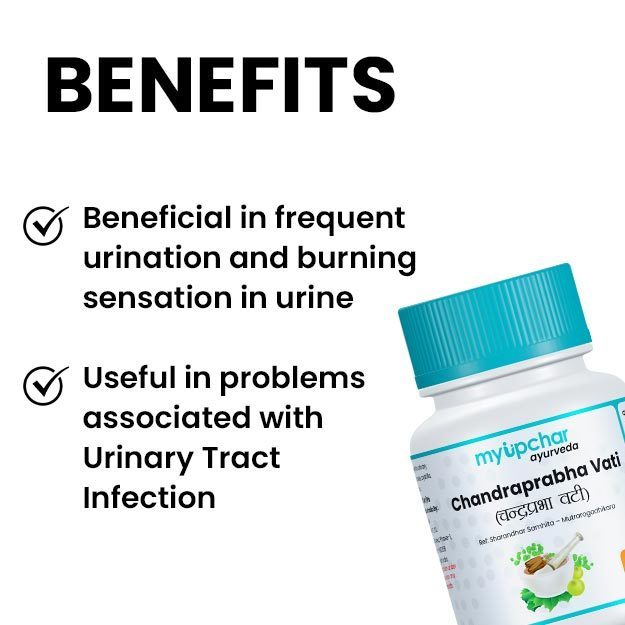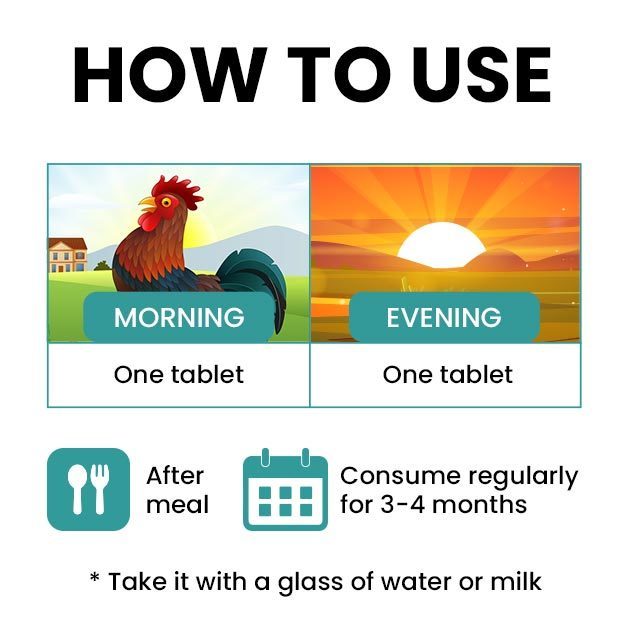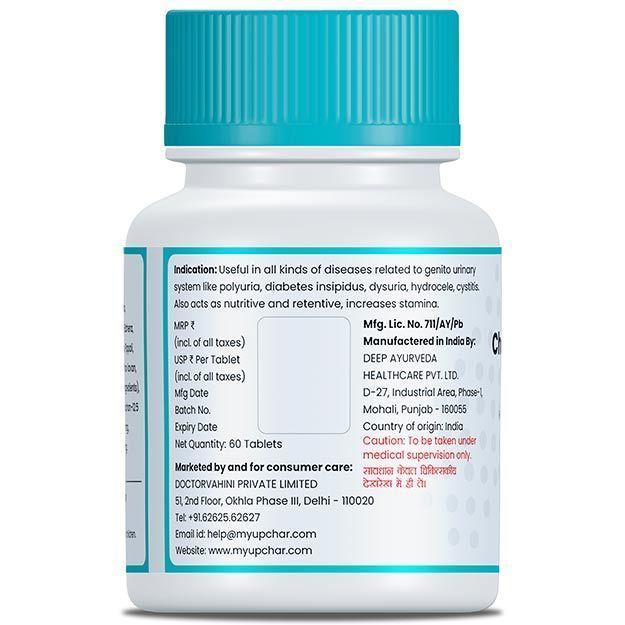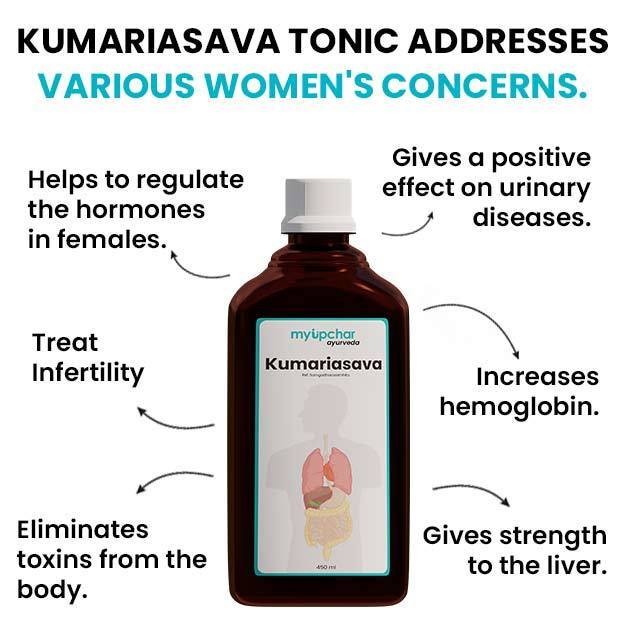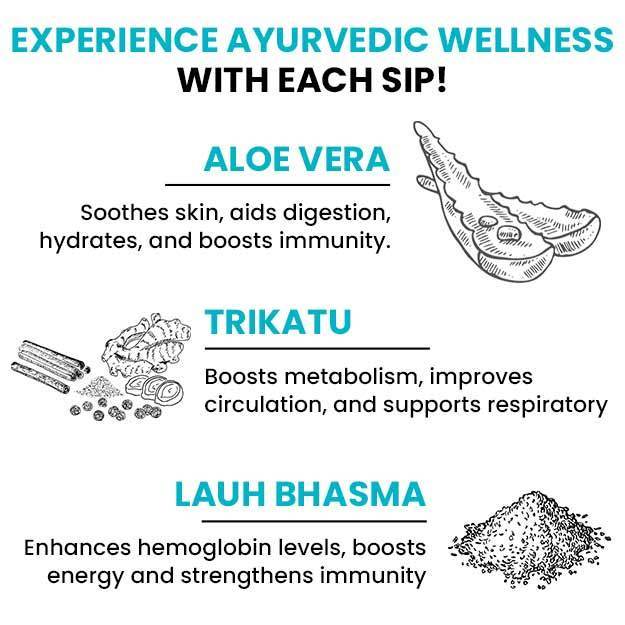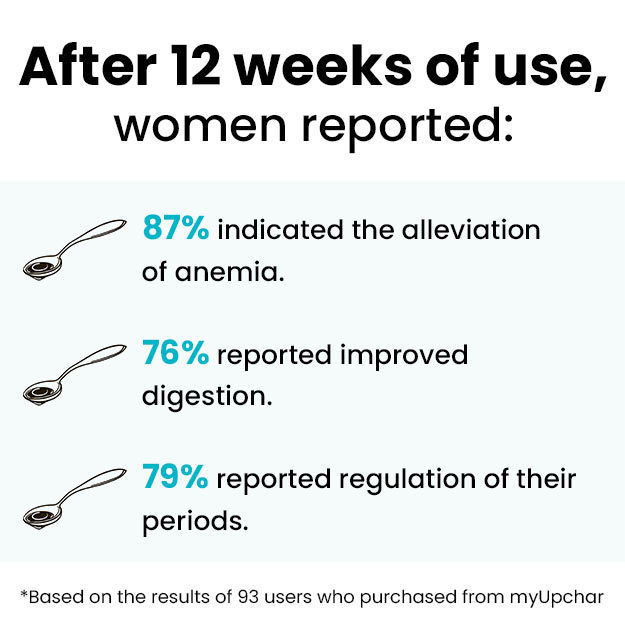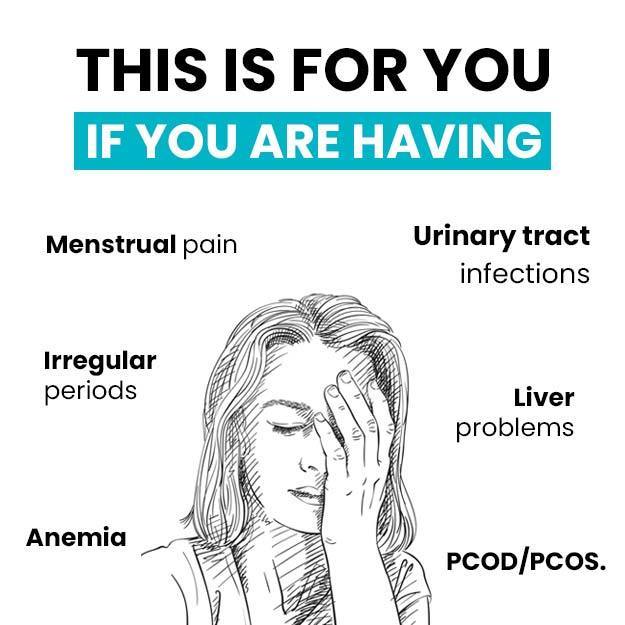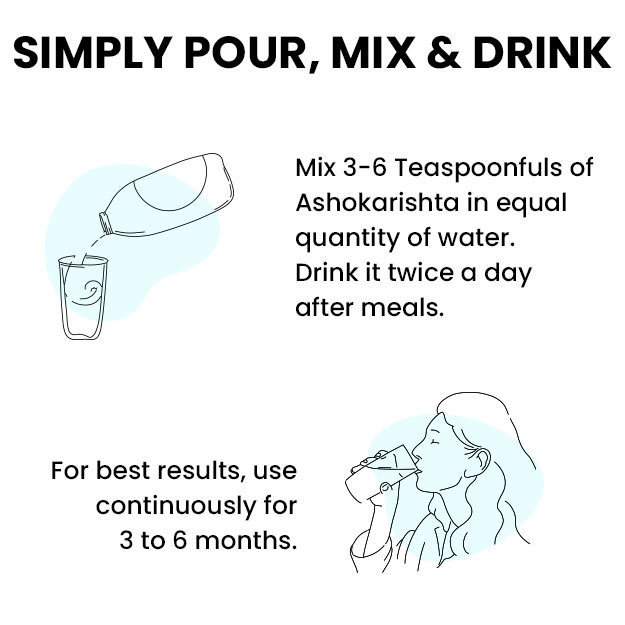The baby is born through normal or cesarean delivery. Whenever a woman experiences labor pain, the first thing doctors try to do is to have a normal delivery. If any complication is seen during that time, the doctor may decide to perform a cesarean delivery. Apart from these, another procedure is vacuum assisted delivery. In this, the baby is pulled out of the birth canal with the help of a vacuum plastic cup. When the baby is unable to come out on its own during normal delivery, then vacuum assisted delivery is used. While this process has some advantages, there are also disadvantages.In this article you will learn about the advantages and disadvantages of vacuum assisted delivery -
(Read more - Baby development in the first month after birth)
- Summary
- What Happens In Vacuum Assisted Delivery?
- What Is Vacuum Assisted Delivery?
- Why Is Vacuum Assisted Delivery Done?
- Disadvantages Of Vacuum Assisted Delivery
- What Happens In Vacuum Assisted Delivery?
- Do Not Get Vacuum Assisted Delivery Done In These Situations
- Summary
Summary
If there is difficulty in removing the baby from the vagina even after pushing with full force, then the doctor can take the help of a vacuum. With the help of a vacuum the baby's head can be pulled outwards. When the entire body of the child cannot come out even with the help of a vacuum plastic cup, then cesarean delivery is the last option. If you experience problems like vaginal discharge, fever, infection and inability to control bowel movements after vacuum delivery, contact the doctor immediately.
What Happens In Vacuum Assisted Delivery?
The procedure to perform vacuum assisted delivery is as follows -
- After applying the vacuum, medicine can be given to numb the vagina.
- A vacuum plastic cup is placed on the child's head.
- After this, the woman is asked to push during contractions.
- During this, the doctor pulls the child outside.
- When the baby's head comes in the hand, the rest of the baby is pushed.
- Yes, if there is difficulty in removing the baby even with the help of vacuum, then the option of cesarean delivery is chosen.
(Read more - How much water should we drink in a day)
Do not get vacuum assisted delivery done in these situations
Doctors decide not to adopt the option of vacuum assisted delivery in the following situations -
- If the pregnant woman is less than 34 weeks pregnant.
- If the child has any bleeding disorder or bone related problem.
- If the baby's head has not come beyond the midpoint of the birth canal.
- If the baby's shoulders, arms, buttocks or legs are moving forward through the birth canal.
(Read more – Post Delivery Bleeding)
What Is Vacuum Assisted Delivery?
Vacuum assisted delivery is the procedure adopted during vaginal delivery. In this, the help of vacuum is taken to take the baby out of the birth canal. Vacuum is a soft plastic cup. It is attached to the baby's head and pulled out of the vagina. Vacuum assisted delivery is usually used during contractions. This procedure can be done when the pregnant woman is unable to push the baby out. Vacuum assisted delivery is safe only when the baby has come far down the birth canal. If vacuum assisted delivery also fails, then cesarean delivery is required.
(Read more - Pros and cons of natural birth and C section)
Beneficial for women's health, controlling hormones like estrogen and progesterone, maintaining the health of the uterus, removing toxins from the body and reducing inflammation, definitely consume ashokarishta manufactured by myUpchar Ayurveda.
Why Is Vacuum Assisted Delivery Done?
Doctors may recommend vacuum assisted delivery when the cervix is completely dilated and the membranes have ruptured. The baby also enters the birth canal, but the woman is not able to push the baby out. Vacuum assisted delivery can be done in the following situations-
Problem With Baby's Heartbeat
Even when there is a problem in the baby's heartbeat, the process of vacuum assisted delivery can be adopted. Delivery can be made easier with the help of vacuum.
(Read more - Baby development four months after birth)
Health Problems
Even when a woman has a serious health problem, doctors may opt for vacuum assisted delivery to remove the baby. Vacuum can be used in case of narrowing of the aortic valve of the heart.
(Read more - Caring for a premature baby)
Difficulty Pushing The Baby Out
Vacuum assisted delivery can be done when the woman is trying to push the baby out, but is not able to. When the baby does not come out even after pushing for several hours, the doctor may advise applying a vacuum.
(Read more -Postnatal Diet: what to eat after delivery)
Disadvantages Of Vacuum Assisted Delivery
Although vacuum assisted delivery makes the process of removing the baby easier, it can increase the risk of injury to both the mother and the baby. If the vacuum is used properly, the risk can be avoided. Vacuum assisted delivery may involve the following risks -
Scar On Head
Using a vacuum can cause a mark on the back of the baby's head. It does not cause bleeding. Also it may get better in a few days.
Jaundice
During this period, symptoms of jaundice may be seen in the child. This may be more likely, but can be cured with proper treatment.
(Read more - Hair fall after delivery)
Head Wound
The baby's head may fracture during this delivery. This can cause bleeding from the head and formation of wounds.
(Read more - Peripartum Cardiomyopathy)
Child Entrapment Risk
In vacuum delivery, the baby's head comes out easily, but in some cases there is a greater risk of the shoulder getting trapped.
(Read more - Abdominal pain during pregnancy)
Frequent Urination
Women have to urinate frequently during pregnancy, but even after vacuum assisted delivery, a woman may have to urinate frequently.
Vaginal Discharge
Women may experience vaginal discharge after vacuum assisted delivery. Apart from this, there may also be a problem of white discharge or bleeding.
Difficulty Urinating
After adopting this process, women may face difficulty while urinating.
(Read more - How many weeks is it safe to give birth?)
Pain In Perineum After Delivery
After vacuum assisted delivery, the woman may feel pain in the perineum. It is a tissue located between the vagina and anus.
(Read more - Water breaking in pregnancy)
What Happens In Vacuum Assisted Delivery?
The procedure to perform vacuum assisted delivery is as follows -
- After applying the vacuum, medicine can be given to numb the vagina.
- A vacuum plastic cup is placed on the child's head.
- After this, the woman is asked to push during contractions.
- During this, the doctor pulls the child outside.
- When the baby's head comes in the hand, the rest of the baby is pushed.
- Yes, if there is difficulty in removing the baby even with the help of vacuum, then the option of cesarean delivery is chosen.
(Read more - How much water should we drink in a day)
Do Not Get Vacuum Assisted Delivery Done In These Situations
Doctors decide not to adopt the option of vacuum assisted delivery in the following situations -
- If the pregnant woman is less than 34 weeks pregnant.
- If the child has any bleeding disorder or bone related problem.
- If the baby's head has not come beyond the midpoint of the birth canal.
- If the baby's shoulders, arms, buttocks or legs are moving forward through the birth canal.
(Read more – Post Delivery Bleeding)
Summary
If there is difficulty in removing the baby from the vagina even after pushing with full force, then the doctor can take the help of a vacuum. With the help of a vacuum the baby's head can be pulled outwards. When the entire body of the child cannot come out even with the help of a vacuum plastic cup, then cesarean delivery is the last option. If you experience problems like vaginal discharge, fever, infection and inability to control bowel movements after vacuum delivery, contact the doctor immediately.
Find Obstetrician and Gynaecologist in cities
- Obstetrician and Gynaecologist in Bangalore
- Obstetrician and Gynaecologist in Mumbai
- Obstetrician and Gynaecologist in Ghaziabad
- Obstetrician and Gynaecologist in Chennai
- Obstetrician and Gynaecologist in Pune
- Obstetrician and Gynaecologist in Delhi
- Obstetrician and Gynaecologist in Hyderabad
- Obstetrician and Gynaecologist in New Delhi
- Obstetrician and Gynaecologist in Gwalior
- Obstetrician and Gynaecologist in Gurgaon
Doctors for Vacuum Assisted Delivery: A Comprehensive Guide for Expectant Parents

Dr. Ayushi Gandhi
Obstetrics & Gynaecology
4 Years of Experience

Dr. Anjali
Obstetrics & Gynaecology
23 Years of Experience

Dr.Anuja Ojha
Obstetrics & Gynaecology
20 Years of Experience


